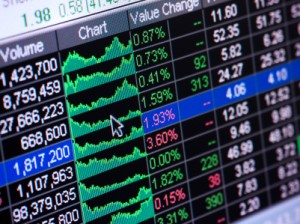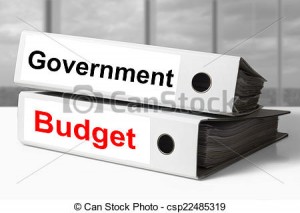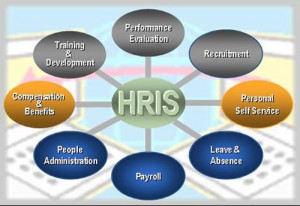Companies generally face number of risks in their business activities. It may not be possible to avoid the risk but risk can be mitigated to some extent. This process of mitigating the risk is called as hedging the risk. One of the best tools used by corporates to hedge the risk is the use of derivatives. Warren Buffet and his company Berkshire Hathaway view derivatives as time bombs, both for the economic system and the parties dealing in them. But, contrasting with that stand of Warrant Buffet, the derivatives trading volume has been escalating like never before. Three of the most common ways to hedge the risk are:
- To hedge foreign exchange risks
- To hedge interest rate risk
- To hedge against changing commodity prices
Hedging foreign exchange risks:
Changes in currency exchange rates has drastic effects on businesses mainly which are export/import based businesses. Corporates use the derivatives as an important tool to mitigate such risks. Say for example, consider a company ABC operating from India which exports its products to US. If the value of rupee depreciates against the dollar, the total value of the exports in rupees will increase for ABC. In case, if the value of the rupee appreciates against dollar, then the total value of the exports would decrease in terms of rupees which constant in terms of dollars. To hedge such risk of losing the money because of rupee appreciation, export companies buy futures contracts which acts exactly opposite to the rupee moment and hedges the risk.
Hedging interest rate risk:
Interest rate risks is another major risk for the corporates. This is true in case of floating rates. Companies are not sure of how much interest rate they will be paying for the outstanding debts. In such cases, companies generally go for interest rate swaps. Say ac company BCD, has some debt component with floating rate. Now, BCD would buy an interest swap with floating rate receipts and fixed payment. That is, the company will receive floating interest rate and will pay fixed interest rate on pre-decided amount. SO, BCD can use this floating rate receipts to pay for its floating rate debt component. In, overall it will be left with fixed rate debt which will stabilize its business.
Hedging against changing commodity prices
Those companies which depend heavily on raw material inputs or commodities are significantly sensitive to the ever changing commodity prices. For example, Airlines depend heavily on jet fuel. Hence, Airlines generally give importance to the deals to hedge risk against changing fuel prices. Companies generally use futures contracts to hedge such risks.
There are many such uses of derivatives to hedge the major risks faced by Businesses. They basically prepare companies to face any adverse changes.
Click here for government certification in Accounting, Banking & Finance





21 Comments. Leave new
Very well written!
Informative .
Got to know something new.
Something different! Nice
Informative 😀
Informative.
nice 🙂
Risk is absolutely a part and parcel of our lives. No risk means no change and in turn no success. But I can surely say that your tips to hedging the risk will be of great help.They’ll definitely help in mitigating the risk levels.
Superbbb
interesting
Very well explained!
simple yet informative!
Good work
great.
well written
Great work explaining the concept pf hedging in a very simple and easy to understand language, Great job!
Interesting article
informative
Interesting to read! well presented 🙂
Very well written
Learnt something new 🙂